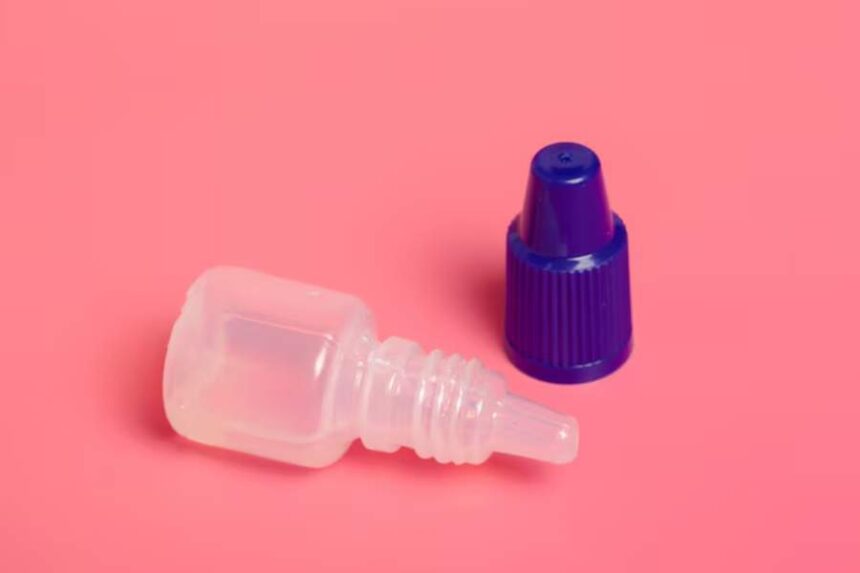Ear problems can be uncomfortable and frustrating, whether it’s an infection, wax buildup, or irritation. Ear drops are a common solution, but with so many options available, choosing the right one can be confusing. The wrong choice could make the condition worse instead of better. To make an informed decision, this article provides even expert tips for selecting the best ear drops for your needs.
Understand Your Ear Condition
Before buying ear drops, it’s important to know that there are some ear drops that treat infections, while others help dissolve wax or soothe irritation. Pain, swelling, or discharge may mean an infection that needs antibiotic drops. If ears feel blocked due to wax buildup, wax-softening drops are a better choice. Identifying symptoms will help pick the right treatment. If you are unsure, it is better to consult a doctor.
Check the Ingredients
Always remember that the ingredients in ear drops can make a big difference in how effective ear drops are. For infections, antibiotic ear drops contain ingredients like neomycin for ciprofloxacin to fight bacteria. For wax removal, look for hydrogen peroxide or carbamide peroxide, which help break down earwax safely. For itchy or irritated ears, drops with glycerin or olive oil can provide soothing relief.
Consider Possible Allergies
Some ear drops contain ingredients that may cause allergic reactions, especially for those with sensitive skin or a history of allergies. Keep in mind that there are some common allergens in ear drops including preservatives like thimerosal or certain antibiotics like neomycin.
If there has been a reaction to medications in the past, check the ingredient list carefully. Choosing preservative-free or hypoallergenic ear drops can reduce the risk of irritation. If redness or swelling occurs after using ear drops, stop use and seek medical advice.
Choose the Right Type of Ear Drops
Antibiotic drops treat bacterial infections and should only be used under medical guidance. Wax-softening drops, available over the counter, can be used at home for mild earwax buildup. Anti-inflammatory or steroid-based drops help reduce swelling and irritation, often for eczema or allergies. Knowing which type of ear drops matches the condition will ensure the best results.
Follow Usage Instructions Carefully
Each type of ear drop comes with specific instructions on how many drops to use, how often to apply, and for how long. Some drops need to stay in the ear for a few minutes before draining out, while others should be left in overnight. Overusing ear drops can lead to side effects, and stopping treatment too soon may not resolve the problem. Always follow the recommended guidelines to get the best outcome.
Buy from Trusted Brands and Sources
Lots of over-the-counter products may not be as effective or safe as those recommended by doctors. To ensure quality and safety, buy ear drops from trusted pharmacies or reputable brands. When purchasing online, check customer reviews and make sure the product is approved by health authorities. Choosing high-quality ear drops reduces the risk of complications and ensures the right treatment.
Know When to See a Doctor
While ear drops can be very effective, it is not always the solution for every ear problem. If severe pain, hearing loss, or dizziness occurs, it is best to consult a doctor. Some conditions, such as a ruptured eardrum or severe infections, require medical treatment beyond ear drops. If symptoms do not improve after using ear drops for a few days, seek medical advice to avoid worsening the condition.
Care for Your Ears!
From understanding the condition to using the right type of ear drops, proper care for the ears can be ensured. Following usage instructions and buying from reliable sources will improve safety and effectiveness. However, if symptoms persist or worsen, seeking medical help is important. Taking the right steps helps maintain healthy ears and avoid unnecessary discomfort.




